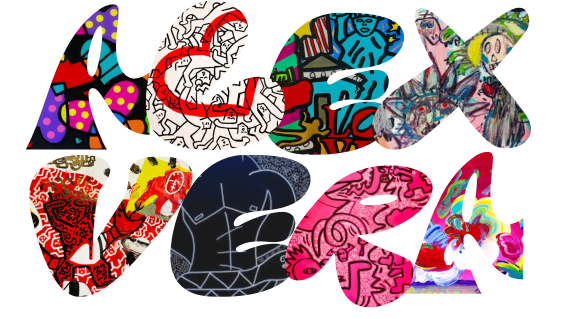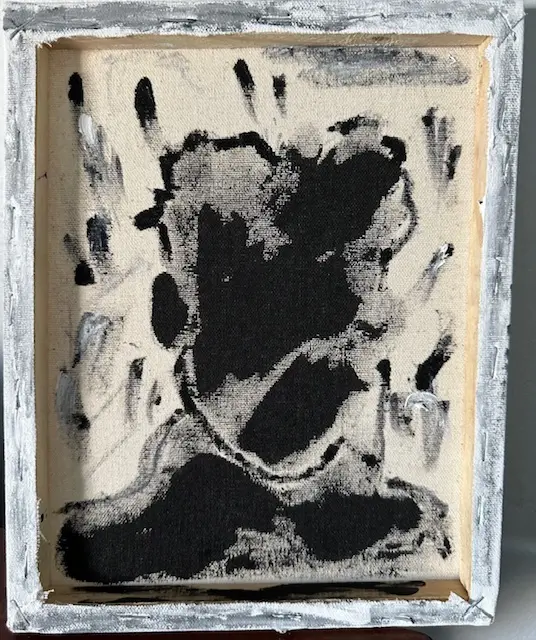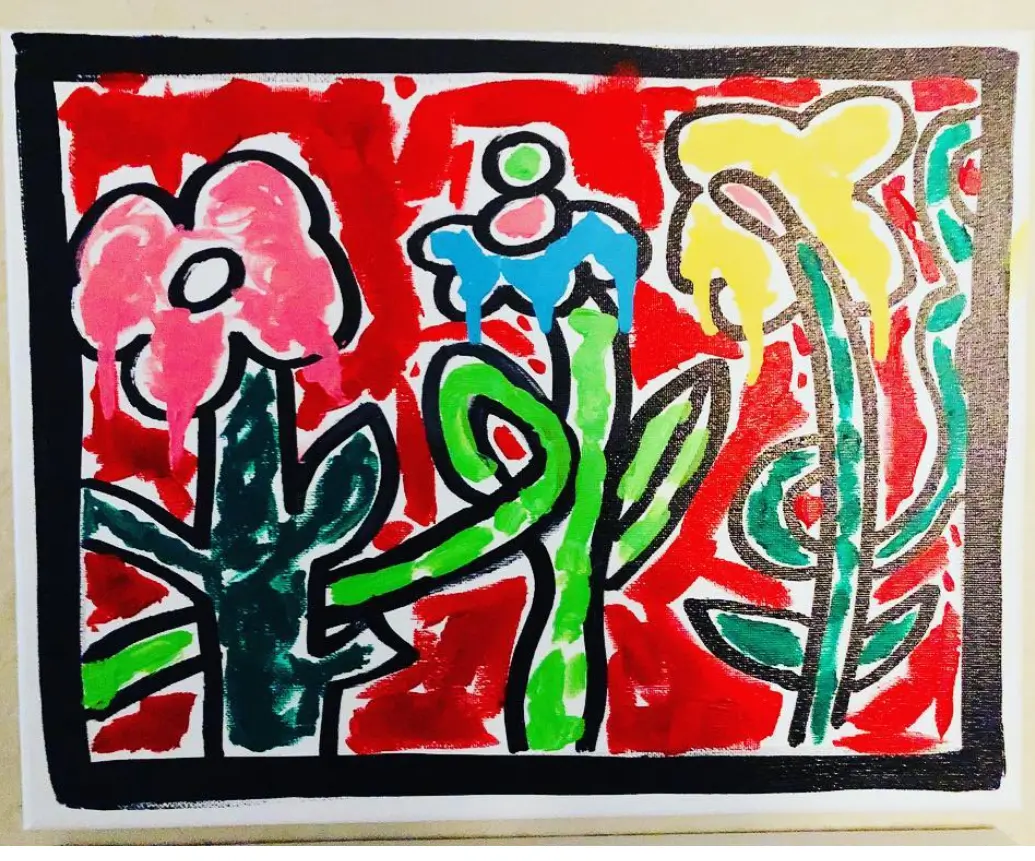Cy Twombly is considered one of the most significant artists of the 20th century. His works, which incorporate elements of painting, drawing, and sculpture, have garnered critical acclaim and a dedicated following. But what makes Twombly’s art so important?
First and foremost, Twombly’s work is known for its visual impact. His large-scale canvases are marked by bold, gestural brushstrokes and intricate, calligraphic markings. Many of his paintings feature a limited color palette, with Twombly favoring shades of white, gray, and black. The result is a body of work that is both powerful and subtle, conveying a sense of raw emotion and intense feeling.
But there is much more to Twombly’s art than just its visual impact. His work is also deeply rooted in the history of art, drawing inspiration from sources as varied as ancient Greek mythology, Renaissance painting, and Abstract Expressionism. At the same time, Twombly’s art is distinctly modern, reflecting the artist’s own personal experiences and the cultural and political context in which he lived and worked.
One of the most striking aspects of Twombly’s art is its sense of ambiguity. His works often blur the line between painting and drawing, abstraction and representation, and even art and writing. Many of his paintings feature scrawled phrases and fragments of text, adding yet another layer of meaning to the already complex imagery.
Twombly’s art also invites interpretation and contemplation.
His works are open to a range of readings and meanings, encouraging viewers to engage with the work on a personal level. This sense of openness and ambiguity is part of what makes Twombly’s art so enduring and compelling, even decades after it was created.
He also created a significant body of work in sculpture and photography. Like his paintings, these works often incorporate everyday materials and found objects, creating a sense of intimacy and familiarity even in the midst of grand, sweeping gestures.
Cy Twombly’s importance lies in his ability to create art that is both visually stunning and deeply meaningful. His work reflects the complexities of the world around us, while also challenging us to engage with that world on a more personal level. But who would have guessed that artwork that looks like children’s scribbles would be worth so much?

How Much Does a Cy Twombly Painting Cost?
Cy Twombly’s paintings are highly sought after by collectors and art enthusiasts around the world, and as a result, they can command very high prices at auction and in the private market. The actual cost of a Cy Twombly painting can vary greatly depending on factors such as the size of the painting, its condition, its provenance, and its rarity.
At the top end of the market, some of Twombly’s most significant works have sold for tens of millions of dollars.
His 1968 painting “Blackboard” sold for $70.5 million at a Christie’s auction in 2011, setting a new record for the artist at the time. Another work, “Untitled (New York City),” sold for $70 million at a Sotheby’s auction in 2015. Just like any artist, not all of Twombly’s paintings command such high prices. Works that are smaller in scale or less significant in terms of their historical importance may sell for much less. For example, a small painting from the 1950s or 1960s might sell for a few hundred thousand dollars, while a larger painting from the same period could sell for several million.
The art market for Twombly’s work has evolved over time, with certain periods of his career and specific styles of his work being more in demand than others. As a result, the price of a particular painting can be influenced by factors such as its style, its age, and the overall demand for Twombly’s work at the time of sale.
It’s clear, however, that a Cy Twombly painting can be a significant investment for collectors and investors alike, with prices ranging from hundreds of thousands to tens of millions of dollars. However, the actual cost of a Twombly painting will depend on a wide range of factors, and prices can fluctuate over time based on trends in the art market and other economic factors.

What Was Cy Twombly Inspired By?
Cy Twombly drew inspiration from a wide range of sources throughout his career, including art history, literature, and his own personal experiences. Here are a few of the key influences that can be seen in his work:
Ancient Greek and Roman Art
Twombly was deeply interested in the art and culture of ancient Greece and Rome, and his work often reflects this fascination. He was particularly drawn to the calligraphic forms of ancient Greek writing, which he incorporated into his own paintings and sculptures.
Abstract Expressionism
Twombly was part of the Abstract Expressionist movement, which emerged in the United States in the 1940s and 1950s. This movement was characterized by an emphasis on gestural brushstrokes and the spontaneous expression of emotion, both of which can be seen in Twombly’s work.
Poetry and Literature
Twombly was an avid reader and was particularly drawn to the works of poets such as Rainer Maria Rilke and Federico Garcia Lorca. He often incorporated text and fragments of poetry into his paintings, adding an additional layer of meaning to the already complex imagery.
Nature and the Environment
Twombly was deeply inspired by the natural world, and his work often incorporates references to landscapes, flora, and fauna. He was also concerned with environmental issues, and his later work often reflects this interest.
Personal Experiences
Twombly’s art was deeply personal, and he often drew on his own experiences and emotions in his work. His series of “blackboard” paintings from the late 1960s were inspired by his experiences teaching art at a school in Virginia, while his later work reflects his experiences living in Italy and Greece.

What Type of Artwork Did Cy Twombly Create?
Cy Twombly was a very versatile artist and he worked in a variety of mediums, including painting, sculpture, and drawing. Still, his work is often characterized by its gestural, expressive style, which emphasizes the physical act of making art.
One of Twombly’s most famous bodies of work is his series of large-scale, abstract paintings. These works are characterized by their layered, gestural brushstrokes, which often appear to be hastily applied. Many of these paintings also incorporate text and scribbled marks, adding an additional layer of complexity to the already dense imagery.
Twombly also enjoyed working in creating sculpture art. His sculptures range in style from rough-hewn, primitive forms to sleek, minimalist constructions. Like his paintings, Twombly’s sculptures often incorporate text and other elements of language, adding an additional layer of meaning to the work.
Twombly was also known for his drawing, which was characterized by loose, scribbled lines and an emphasis on gesture and movement. He often worked in a variety of mediums, including pencil, charcoal, and crayon, and his drawings are often seen as a window into his creative process.
Twombly’s work was marked by a sense of spontaneity and improvisation, and he was unafraid to experiment with new mediums and techniques throughout his career. His art was deeply personal, and he drew inspiration from a wide range of sources, including art history, literature, and his own personal experiences.
Cy Twombly was a highly influential artist who left an indelible mark on the art world. His expressive, gestural style and his willingness to experiment with new mediums and techniques continue to inspire artists today. Whether you are drawn to his abstract paintings, his intricate sculptures, or his loose, gestural drawings, there is no denying the impact that Twombly had on the world of art.
Although he passed away in 2011, his legacy lives on through his work, which can be found in major museums and private collections around the world. Whether you are a seasoned art collector or simply appreciate the beauty of visual art, there is no denying the significance of Twombly’s contribution to the art world.







